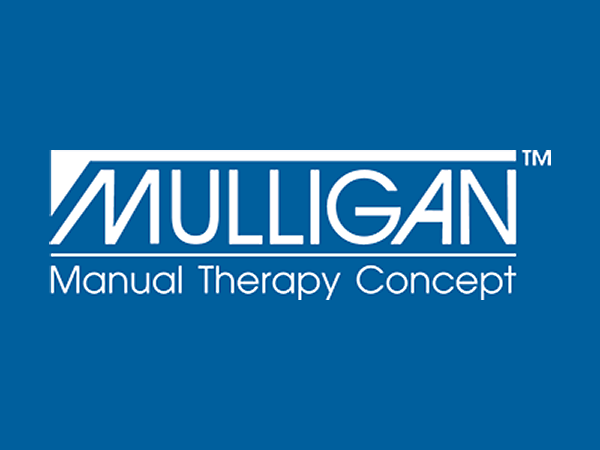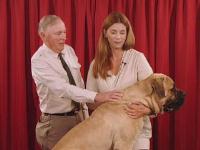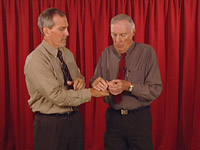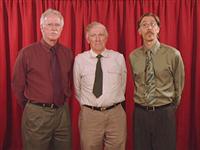

$159.00
Thousands of professionals worldwide have discovered the benefits of mastering The Mulligan Concept that includes mobilizations with movement (MWMS) and sustained natural apophyseal glides (SNAGS). This subscription provides access to more than 12 hours of instruction delivered using 7 online courses.
Description
Brian Mulligan’s concept of mobilizations with movement (MWMS) in the extremities and sustained natural apophyseal glides (SNAGS) in the spine are the logical continuance of this evolution with the concurrent application of both therapist applied accessory and patient-generated active physiological movements.
Brian and six of his MCTA teachers will guide you through the specific application of MWM and SNAGS in clinical practice, the following basic principles have been developed
- During the assessment, the therapist will identify one or more comparable signs as described by Maitland. These signs may be a loss of joint movement, pain associated with movement, or pain associated with specific functional activities (i.e., lateral elbow pain with resisted wrist extension, adverse neural tension).
- A passive accessory joint mobilization is applied following the principles of Kaltenborn (i.e., parallel or perpendicular to the joint plane). This accessory glide must itself be pain-free.
- The therapist must continuously monitor the patient’s reaction to ensure no pain is recreated. Utilizing his/her knowledge of joint arthrology, a well-developed sense of tissue tension and clinical reasoning, the therapist investigates various combinations of parallel or perpendicular glides to find the correct treatment plane and grade of movement.
- While sustaining the accessory glide, the patient is requested to perform the comparable sign. The comparable sign should now be significantly improved (i.e., increased range of motion, and a significantly decreased or better yet, absence of the original pain).
- Failure to improve the comparable sign would indicate that the therapist has not found the correct contact point, treatment plane, grade or direction of mobilization, spinal segment or that the technique is not indicated.
- The previously restricted and/or painful motion or activity is repeated by the patient while the therapist continues to maintain the appropriate accessory glide. Further gains are expected with repetition during a treatment session typically involving three sets of ten repetitions.
- Further gains may be realized through the application of passive over-pressure at the end of the available range. It is expected that this over-pressure is again, pain-free.
Course Details
| Instructor(s) | |
|---|---|
| Course Length | |
| Platform | |
| Sponsors |
Prerequisites
Attendee
Physical Therapists, PTA’s, Students, Athletic Trainers
Required Equipment
Personal Computer, Tablet, or Smartphone with access to Broadband Internet (<1.4 mbps)
Details
Run Time
12 hours
Examination
Varies by course. Passing grade of 70% or higher required for certificate
Course Evaluation
Yes
Certificate of Completion
Yes however only provided within each individual course.
Workbook/Handout
Yes
Continuing Education State Approvals;
New York State Education Board approved for CE hours for PTs and PTAs and that covers the following states due to reciprocity; AL, AZ, AR, DE, HI, ID, IN, IA, KS, KY, ME, MA, MI, MT, NE, NH, NY, NC, ND, OR, SC, SD, UT, VT, WA, WI, WY
Outline
MULLIGAN CONCEPT ONLINE Bundle includes:
1) Introduction to the Mulligan Concept – Manual Therapy Techniques of Brian Mulligan FNZSP (Hon), Dip MT – 2nd Edition, Updated – by Brian Mulligan, Rick Crowell and Brian Folk
2) Mulligan Concept: Cervical / Upper Cervical Spine – by Brian Mulligan and Frank Gargano
3) Mulligan Concept: Lumbar Spine, Sacroiliac Joint, and Hip – by Brian Mulligan and David Mikos
4) Mulligan Concept: Hand, Wrist and Elbow – by Brian Mulligan and Donald Reordan
5) Mulligan Concept: Shoulder / Thoracic / Spinal Mobilization with Arm Movement – by Brian Mulligan, Rick Crowell and Brian Folk
6) Mulligan Concept: Foot, Ankle & Knee – by Brian Mulligan and Julie Paolino
7) Mulligan Concept: Canine Applications – by Brian Mulligan and Deborah Gross Saunders
You may also like…
-
- Mulligan Concept: Canine Applications
- World renowned canine physical therapist Debbie Gross Saunders and Brian Mulligan demonstrate Mobilization With Movement…
- $74.00
Course Length: 1.5 hours -
- Mulligan Concept: Hand, Wrist, and Elbow
- This is a presentation of Brian Mulligan's Mobilization with Movement (MWM) approach to musculoskeletal problems…
- $65.00
Course Length: 2 hours -
- Introduction to the Mulligan Concept
- We are very excited to offer this introductory glimpse into the practical application of Brian…
- $75.00
Course Length: 3 hours




